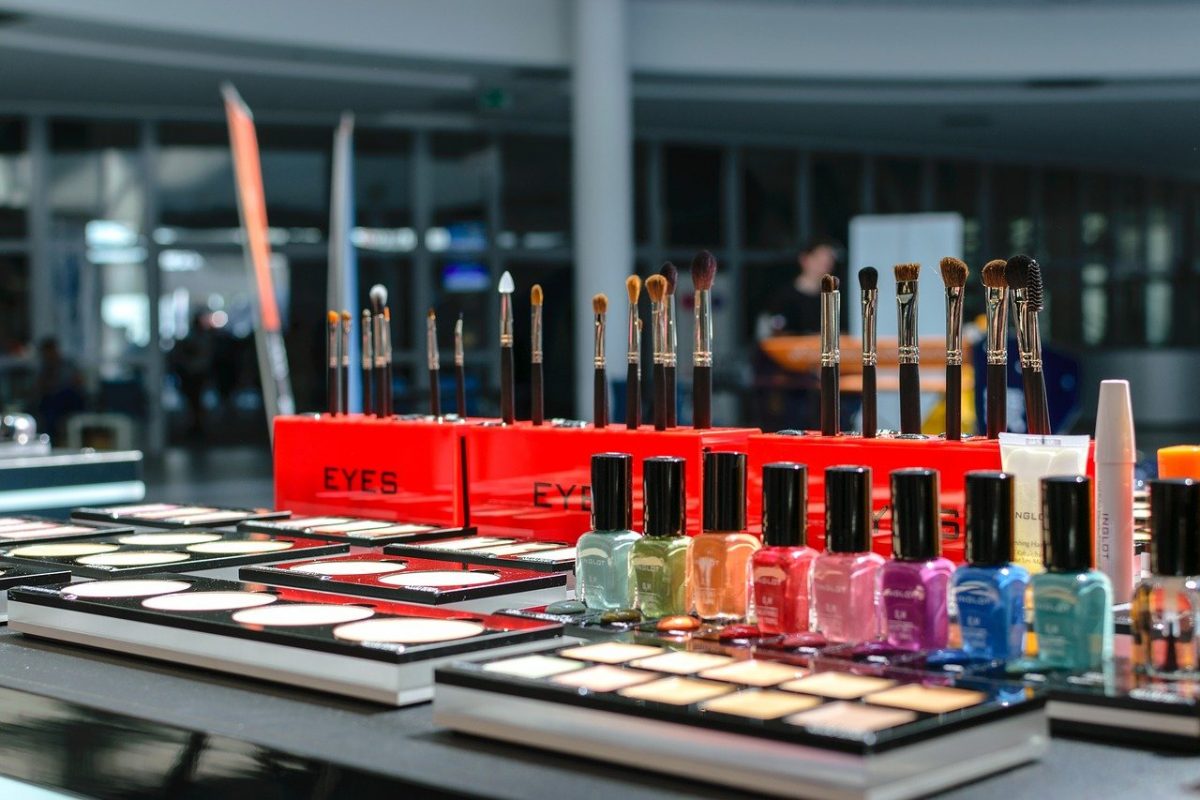By: Vatsal Mehrotra
Introduction
Insider trading can be defined as buying or selling of a public company stocks by a person who has non-public and material information about that company or the management decisions to be taken by that company. Depending on when the insider makes the trade, Insider Trading can be categorized as legal or illegal. Material non-public information is defined as any information that could substantially impact an investor’s decision to buy or sell the security that has not been made available to the public yet. This information is largely used in the stock market which engages in trade of shares and securities. The prices for which are subject to fluctuation if there is any important change in the management of the company. Apart from this the fluctuation in the prices of the shares of that company in the stock market, is also visible when important decisions pertaining to mergers, acquisitions or takeovers are undertaken in the company. Knowledge of these changes without the official public announcements is beneficial for the people engaging in such illegal transactions of stocks.
Learn about Criminal Laws with Enhelion’s Online Law firm certified Master Course!
It is considered one of the most serious crimes in the capital markets as the inside trader has traded undisclosed price sensitive information regarding the shares of that particular company.
However, if the said trade is done towards any regulatory authority or the prescribed authority then the same trade would not amount to any violation of law. In academic circles the idea of insider trading is still debatable as academicians under circumstances feel that insider trading is important for building the trust and confidence of the employees of the company towards the company. Therefore, one must be careful while treating a trade in securities of a company as insider trading. They must consider all the relevant factors like the nature of information, the existence of substantial connection with the company, etc.
Learn about Criminal Laws with Enhelion’s Online Law firm certified Master Course!
Insider Trading in India
The reason insider trading is considered illegal in law is that it gives a person an unfair advantage and persons not having that advantage cannot trade and will be under loss. Moreover, fair opportunity which shall be granted to everyone trading in the stock market to buy and sell the shares will be lost and the holder of the illegal information shall be creating unfair transactions. To counter such a situation, the legislature passed Securities and Exchange Board of India Act, 1992 (SEBI Act, 1992), in which, under section 15G, for insider trading was provided.
The penalty for such an offence was provided to be not less than ten lakh rupees which may extend to twenty-five crores rupees or three times the profit made on such trading. In fact, the SEBI regulations have been amended from time to time. After Hindustan Lever Ltd v. SEBI, (1998) 18 S.C.L. 311AA, the regulations were for the first time amended in 2002 after which the next set of amendments came in 2019 on the recommendations of the Fair Market Committee (FMC). While the most recent reform came after the meeting of the SEBI on 25th June, 2020, where maintaining a structured database containing the nature of unpublished price sensitive information (UPSI) along with the name of the person sharing such information was incorporated.
Learn about Criminal Laws with Enhelion’s Online Law firm certified Master Course!
Future Group and Insider Trading ban
SEBI on 3rd February, 2021, banned Kishore Biyani, founder of Future Retail Groups from buying, selling, or dealing in securities of Future Retail for two years. His brother Anil along with several other entities were also banned. This was done in relation to a case filed back in 2017 where enquiry was called in the use of UPSI to trade in Future Retail shares. The SEBI found out that several entities Future Corporate Resources Pvt. Ltd (FCRL), FCRL Employee Welfare Trust, etc., were acting in connivance with the Biyani family for insider trading.
The order stated that the Biyani-family controlled entities were in violation of the regulatory mechanism as they had indulged in insider trading in the shares of group flagship Future Retail Ltd (FRL) prior to an announcement about the consolidation of the group’s offline and online home retail business into a single entity. Following the announcement in April 2017, shares of Future Retail hit a record high. The price of the scrip of FRL increased 4.68% from Rest. 292.60/- per share (closing price on April 19, 2017) to Rs.306.30/- per share (closing price on April 20, 2017).
Learn about Criminal Laws with Enhelion’s Online Law firm certified Master Course!
The order had also clarified that “When a person who has traded in securities has been in possession of unpublished price sensitive information, his trades would be presumed to have been motivated by the knowledge and awareness of such information in his possession. The reasons for which he trades or the purposes to which he applies the proceeds of the transactions are not intended to be relevant for determining whether a person has violated the regulation. He traded when in possession of unpublished price sensitive information is what would need to be demonstrated at the outset to bring a charge.”
In April, 2017, the Future Retails Group consolidated its home retail business, offline operated by its HomeTown stores while online and ecommerce by Blue eServices which owns and manages fabfurnish. This was done to bring “greater visibility on the performance of the home retail business and e-commerce home retail business”. However, Biyani and other related entities started buying FRL shares from March 10th, 2017 when the decision was internally improved even though this was made public on April 20th, 2017 during market hours.
The funds for purchase of the FRL shares during the UPSI period was done on the written instructions and authorization by Kishore Biyani and Anil Biyani to their stockbroker Indiabulls. SEBI fined them heavily for this holding the entities guilty of the crime of insider trading.
Learn about Criminal Laws with Enhelion’s Online Law firm certified Master Course!
However, on 6th February, 2021, the ban by the SEBI was challenged and Kishore Biyani moved the Securities Appellate Tribunal (SAT) challenging the ban. In fact, the FRL spokesperson has said “On merits, the SEBI order is untenable since it treats a well-anticipated and publicly well-known impending reorganisation of the home furnishing businesses that the Future Group affected in 2017 to be unpublished information.”
Approach of the Courts in Insider Trading Matter
The juridical approach has always been such that inside traders have been dealt strictly in accordance with law. In Securities Exchange Commission v Rajat Gupta ,747 F.3d 111, the defendant had traded in confidential information worth in billions and he was convicted for a period of two years and fined five million dollars along with returning the profits gained from insider trading.
Gujarat NRE Mineral Resource Limited v. SEBI, (Appeal No. 207 of 2010 decided on 18.11.2011), the main issue was whether investment from one company and selling it to the other company affects the prices of shares. The Appellate Tribunal decided against it as it held that since an investment company’s primary objective is buying and selling of securities, such an act would not amount to price sensitive information. After Hindustan
Hindustan Lever Limited v. SEBI, (1998 SCL 311), the regulations were amended by the SEBI in such a manner that any speculative news published in the newspaper or in electronic media about a company would not amount to publication of price sensitive information.
Learn about Criminal Laws with Enhelion’s Online Law firm certified Master Course!
Recommendations to improve regulations against Insider trading
The harmful effects of insider trading is disruptive for the market and certain measures can be taken to prevent such incidents. To prevent such incidents the stock exchanges play a very important role and the proactive approach by them can help by duly monitoring the transactions by the insiders constantly and instantly reporting any suspicious activity by the insider to the SEBI. Furthermore, the regulations can be amended to impose liability on the person who receives the tip for trading in confidential information. Other than that the investors who are contemporaneously trading at the time of insider trading must be given the option to recover the losses suffered from the insider.
Rachana Panguluru, Vamsi Krishna Bodapati, Insider Trading- Comparative study with the UK and India, Manupatra.
This action might refrain the insiders from insider trading because many investors can exercise pressure on the insiders. The companies can also have qualified stock brokers who they make mandatory for all the insiders to purchase stocks only through that particular broker. The qualified broker will check whether the insider purchasing the stock satisfied all the conditions preceding the purchase or not and duly report them to the company.
Learn about Criminal Laws with Enhelion’s Online Law firm certified Master Course!
Nonetheless, the efforts undertaken by SEBI to prevent insider trading is commendable and has helped India emerge as a top player in the capital market and its insider trading prohibition laws are equally competing with such laws in the developed countries. SEBI time and again constituted committees to have the regulations and laws on the prohibition of insider trading updated. It is constantly on a run in updating all the laws to prevent insider trading. SEBI started observing the markets to get rid of the insider trading activities at the root level itself.
Learn about Criminal Laws with Enhelion’s Online Law firm certified Master Course!




